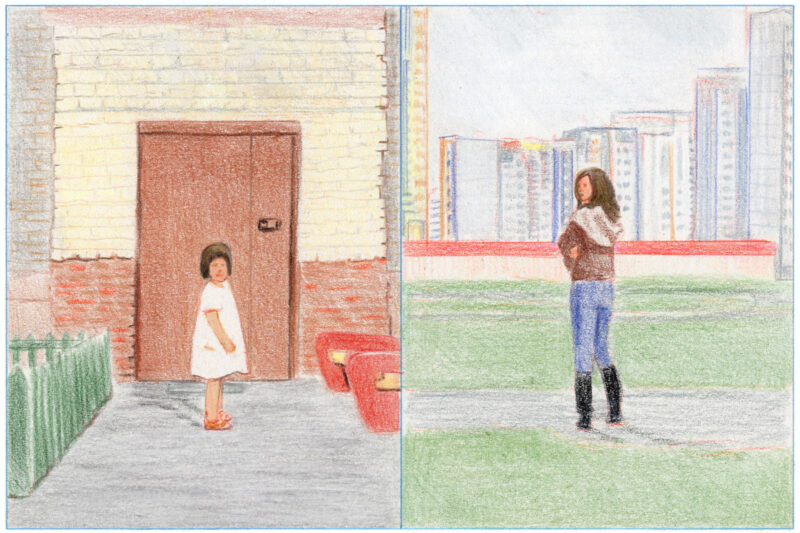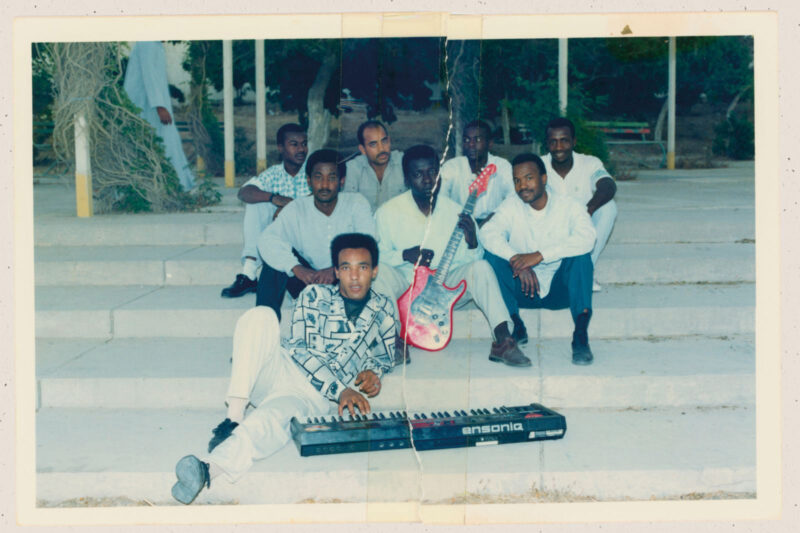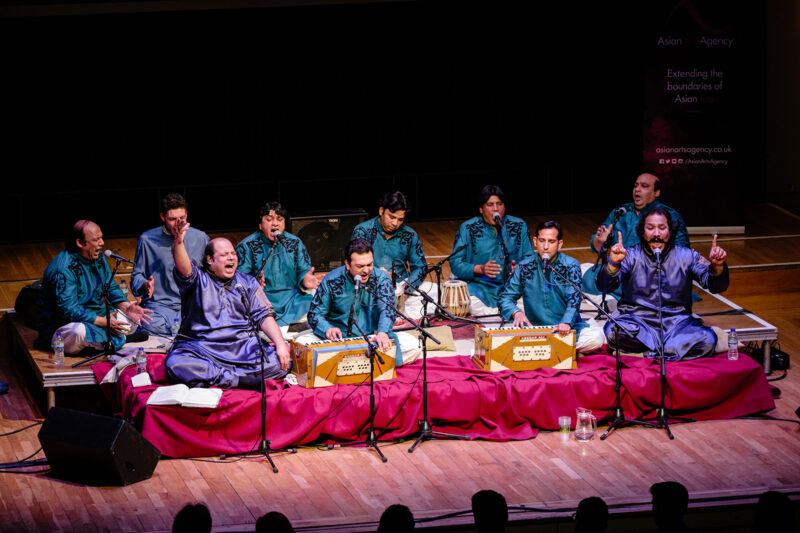The surprising sounds of the Silk Roads
With a long history as a cultural crossroads, a new compilation shows how 1980s Uzbekistan became a crucible of sonic fusion — from Uyghur rock to glitzy disco
–

In the 1980s, Uzbekistan was a unique cultural meeting place. During the second world war, the Central Asian country became home for many of the 16 million people evacuated and forcibly transported by the Soviet authorities from the Russian frontlines. Among those displaced were musicians and recording engineers from Uyghur, Korean, Tajik and Tatar backgrounds, most of whom made their new lives in the capital city of Tashkent.
It was there, at the convergence of the ancient Silk Road trading routes, that these communities began to formulate their own distinct hybrid musical cultures. From Tatar jazz fusion to early Uzbek dancefloor electronics, Korean folk-pop and Uyghur rock, those nascent musical styles were circulated widely within Central Asia. Just a decade before the fall of the iron curtain, the local Tashkent Gramplastinok plant was churning out 200 million records per year and a thriving disco scene existed in the country. In 1991, however, when the Soviet Union collapsed and Uzbekistan gained independence, this wellspring of creativity all but dried up.
“People in Uzbekistan now don’t know about this music,” says vinyl collector Anvar Kalandarov during a call from his home in Tashkent. “It’s very sad because it was such an important and unique moment in time. I knew I needed to put it back on the map and show the rest of the world too.”
Spending the past decade sifting through music from Tashkent Gramplastinok found in flea markets, music school libraries and private collections, Kalandarov began to build a vinyl archive of Uzbekistan’s Soviet cultural legacy. In 2023, he approached New York-based Ostinato Records about a new project highlighting his collection, inspired by similar releases by the imprint focusing on historical music from the Horn of Africa and Haiti.
“We’re a label that focuses on music from places that have historically been cultural crossroads, since that’s where you find the most unique and often overlooked sounds,” says Ostinato founder Vik Sohonie. “I came across a 45 in 2016 that had a track by the Uzbek group Original on it and was immediately fascinated by what else might be unearthed in this country that had been at the centre of the Silk Road. When Anvar approached me with his collection, it was something we knew we had to release.”
Travelling to Tashkent in autumn 2023, Sohonie met with Kalandarov and witnessed first hand the legacy of Soviet displacement in the city, from the stark juxtaposition of Uzbek Islamic architecture with Soviet brutalism to the proliferation of music academies founded during the communist era.
“I was born in India and lived in the Philippines and Singapore but it feels like Central Asia is a place many other Asians don’t know about, since it’s historically been so closed off,” Sohonie says. “Now that Chinese investment has been pouring into Uzbekistan especially, it feels like things are opening up and they’re ready for the future. That also means honouring their past as a key cultural bridge between east and west. It’s something that is expressed perfectly in their music.”
Whittling Kalandarov’s collection of more than 100 vinyl records down to 15 tracks that span the breadth of cultures in Soviet Uzbekistan and Central Asia, the resulting compilation, Synthesizing the Silk Roads, is a lively glimpse into this remarkable musical world. Opening with the trilling electric guitars, undulating tablas and yearning falsetto of Afghan Uzbek singer Nasiba Abdullaeva’s Aarezoo Gom Kardam (I Lost My Dream), the collection goes on to cover everything from Yashlik’s thunderingly distorted Uyghur rock on Radost (Joy) to the languorous horns of Instrumental by the Crimean jazz group the Minarets of Nessef and the romantic synthpop of Tatar singer Efsane.
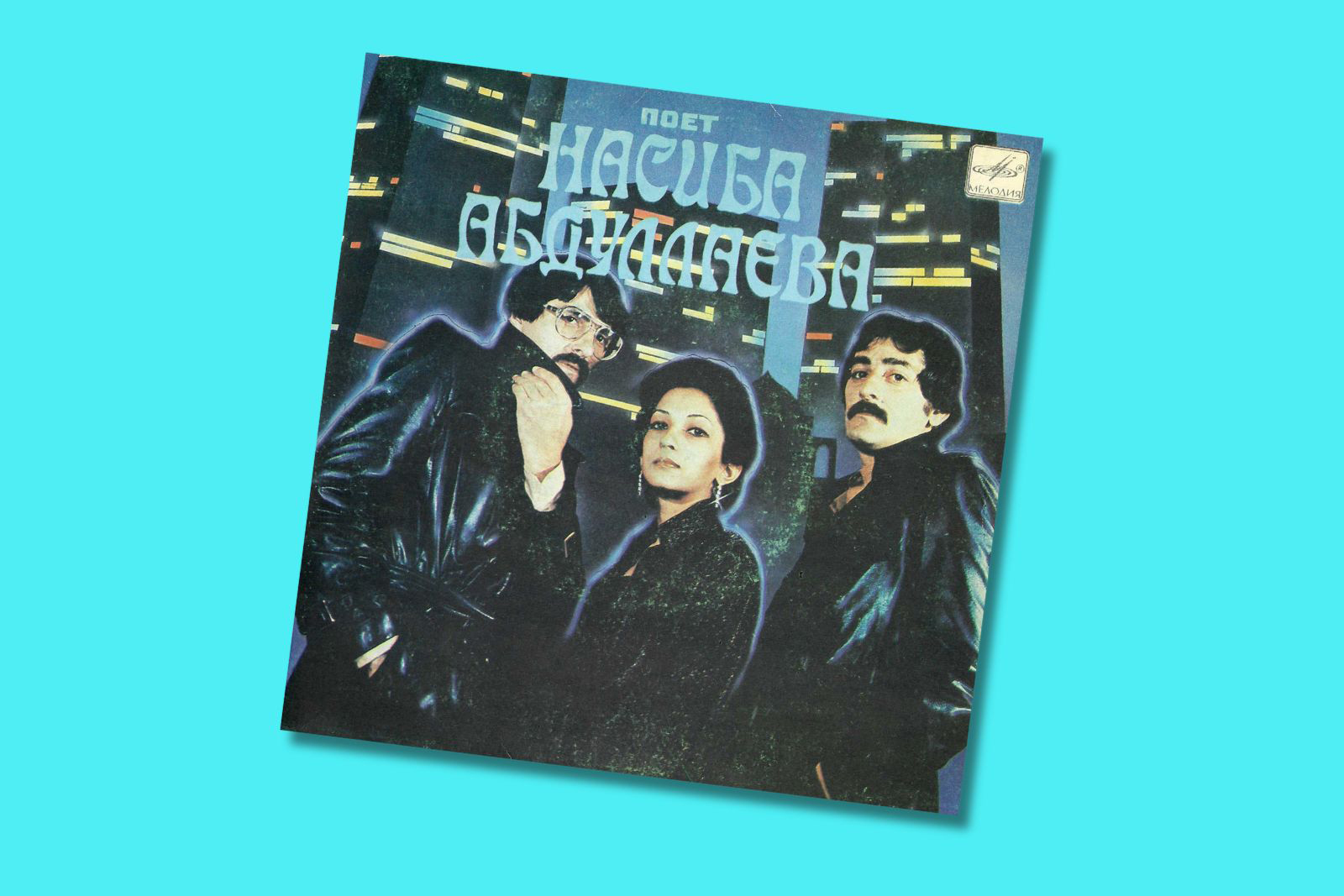
“It’s amazing because each of these artists comes from such different backgrounds but they all found themselves here,” Kalandarov says. “Finding this music was like searching for diamonds after sifting through thousands of records. What we have here are some of the best tracks created.”
If finding the right music was hard, Kalandarov and Sohonie soon realised that tracking down surviving artists and their original recordings for licensing was often harder. Founder of the Minarets of Nessef Enver Mustafayev was an ethnic Tatar, for instance, whose music often featured lyrics in the then-criminalised Crimean Tatar language. He became a well-established Crimean activist in Uzbekistan, drawing the ire of the KGB who imprisoned him for seven years. He died three days after his release in 1987.
“The KGB confiscated all of the group’s music but when I tracked down one of the musicians who was still alive and told him I wanted to release it, he gave me the original tapes he had hidden,” Kalandarov says. “He was so happy and surprised that we had found him. He realised it was time to share this music with the world.”
Other artists took less legwork. “When we went to Nasiba Abdullaeva’s house all she said was, ‘What took you so long,’” Sohonie says. “She had been waiting for her moment to be rediscovered and she wanted to celebrate the music of the 80s dancefloor.”
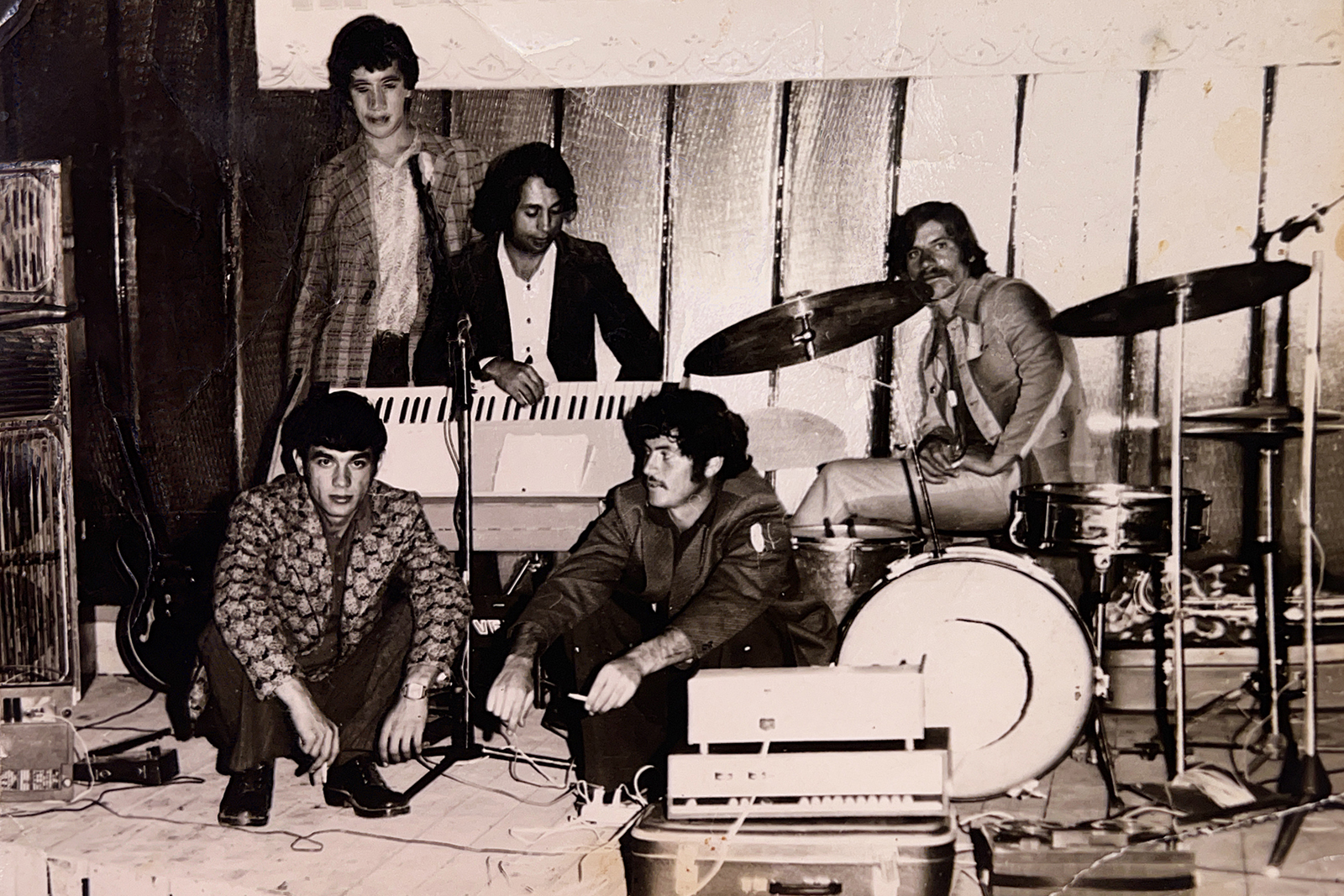
From political oppression to the fledgling glitz and commercialism of Tashkent’s discotheques, it is clear that 1980s Uzbekistan was a far more complex and diverse place than many listeners may initially imagine.
“We want to reorient people’s sense of history with our compilations and on Synthesizing the Silk Roads we’re showing people that Uzbekistan isn’t a backwater but a key cultural site,” Sohonie says. “It’s a place where persecuted peoples like the Uyghurs have laid musical roots but also where the KGB would try to silence art that didn’t agree with their politics.”
In keeping with Ostinato’s previous projects, Sohonie is planning to follow the retrospective compilation with a release by a yet-to-be-chosen contemporary artist from Uzbekistan, highlighting the continuation of the country’s musical legacy.
“Our country and economy is finally opening up again and we’re ready to share our new music with the world,” Kalandarov says. “Many musicians here perform only for wedding parties, but there are younger artists coming through and this album can show them how to use their history to create something new. We can be the bridge between east and west once more.”
Synthesizing The Silk Roads: Uzbek Disco Tajik Folktronica Uyghur Rock & Crimean Tatar Jazz From 1980s Soviet Central Asia is released by Ostinato Records on 20 September.
 Newsletter
Newsletter

